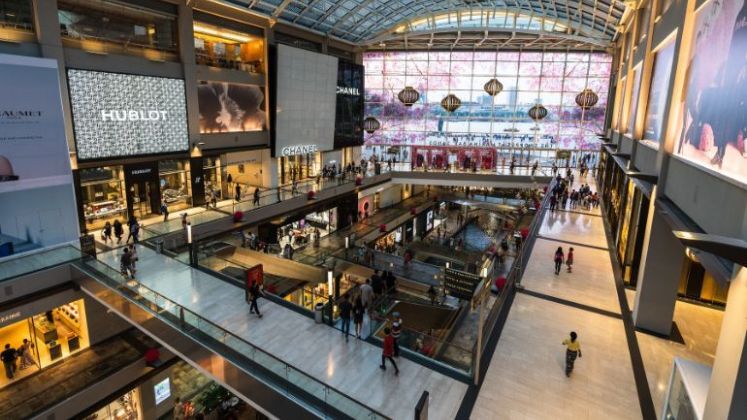
In its most recent report, McKinsey & Company stated that high-street fashion labels will concentrate on India as the players seek to manufacture in Asian emerging areas like India.
The global consulting firm stated in the research that China’s economic slowdown, shifting consumer tastes, and the resurgence of international travel are making it extremely difficult for the country to thrive, which is why international fashion businesses are turning to other Asian countries.
Asian growth regions are ranked by global fashion executives as their top sourcing hotspots for the next five years, the firm claimed, adding that the regulatory incentives in these nations support the development of manufacturer competence.
It said, “India’s rapid expansion has made it a major player in the global fashion business, especially in the mid-market sector, which is predicted to expand by 12 to 17 per cent in 2025, in contrast to the low single-digit growth of the global fashion market.”
The report goes on to say that while India had the largest percentage of clothing quality failures in 2023, these problems might soon be resolved.
“While foreign investment has tripled since 2019, the Indian Government has committed almost US $ 2.5 billion in production-linked incentives and quality control order improvements,” said the report.
The report highlights the potential, noting that the Indian economy is projected to develop at a rate of 7 per cent annually in 2025, making it the fourth-largest economy in the world. By 2027, it is projected to become the third-largest consumer market globally.
Furthermore, the report states that digitisation and the middle class will drive the expansion of the non-luxury market. “The middle class in India has 430 million members, which is more than the middle classes in the US and Western Europe put together. By 2050, it is anticipated to reach 1 billion, mostly from tier-two and -three cities,” it continues.
With above US $ 30 million in assets, India’s ultra-high-net-worth individuals (UHNWI) are predicted to increase by 50 per cent between 2023 and 2028, making it the country with the fastest-growing UHNWI population globally, the report also noted the opportunities in the luxury market.
“Aspirational buyers, who make up nearly half of global luxury sales, are predicted to expand from 60 million in 2023 to 100 million in 2027,” it stated.






